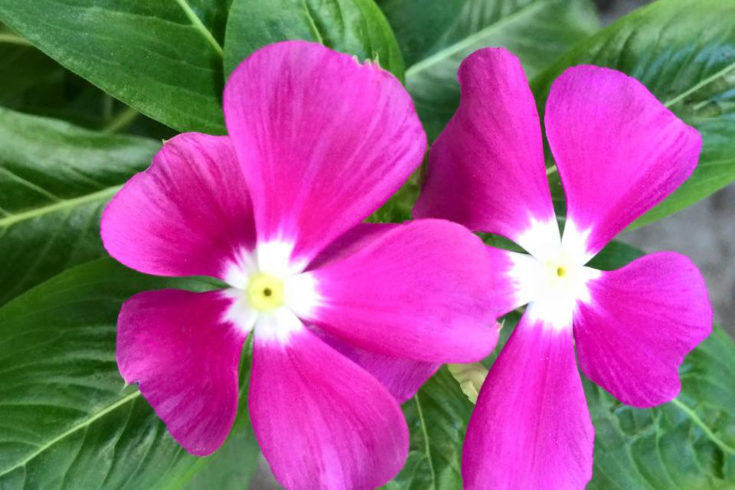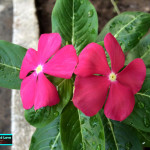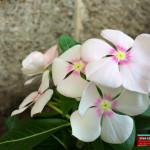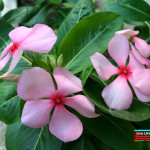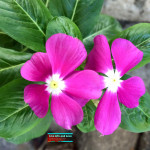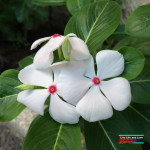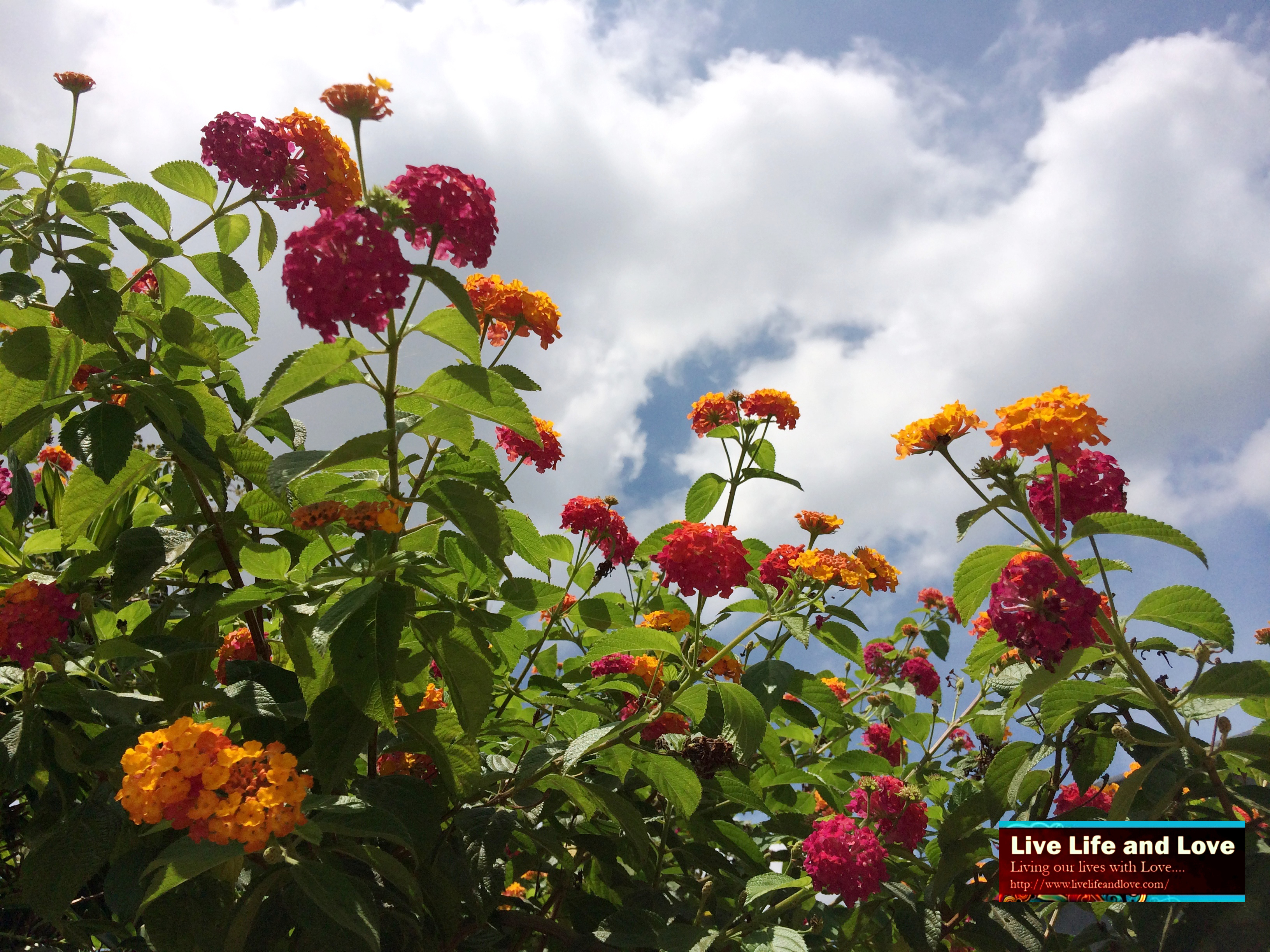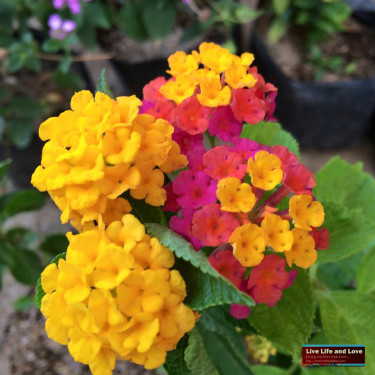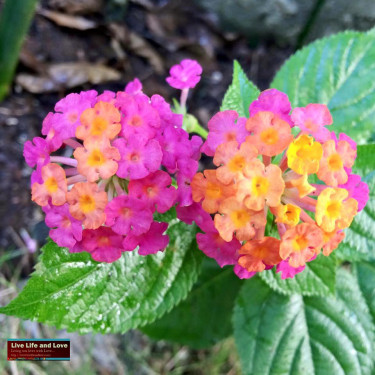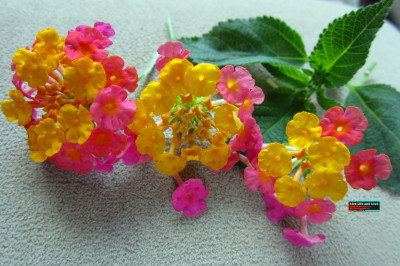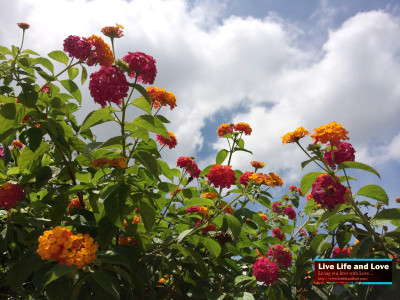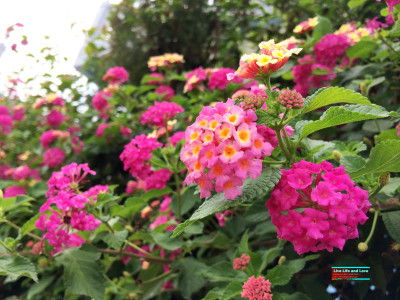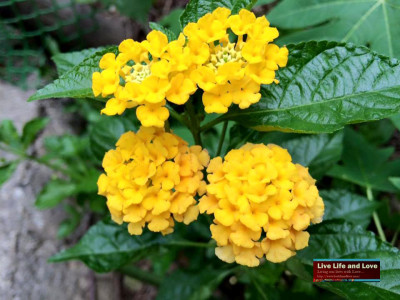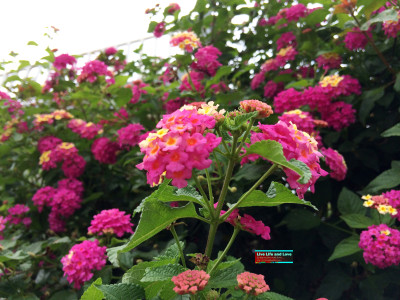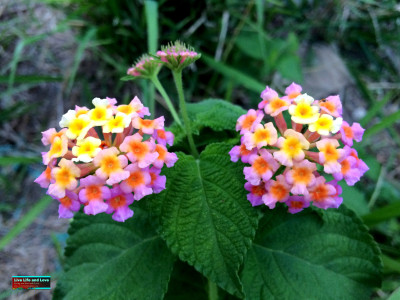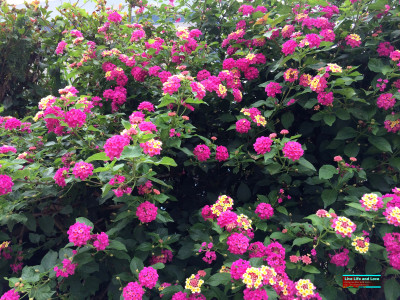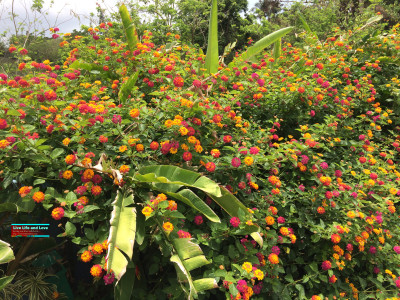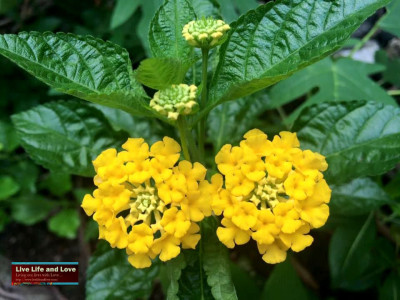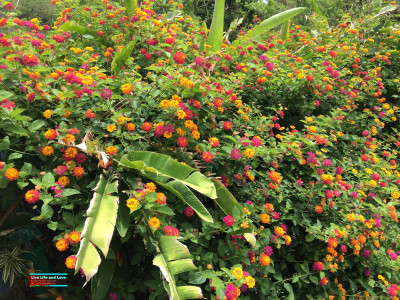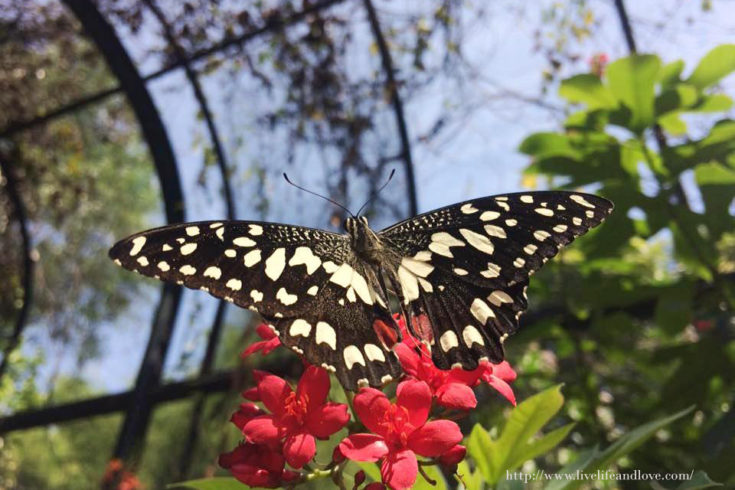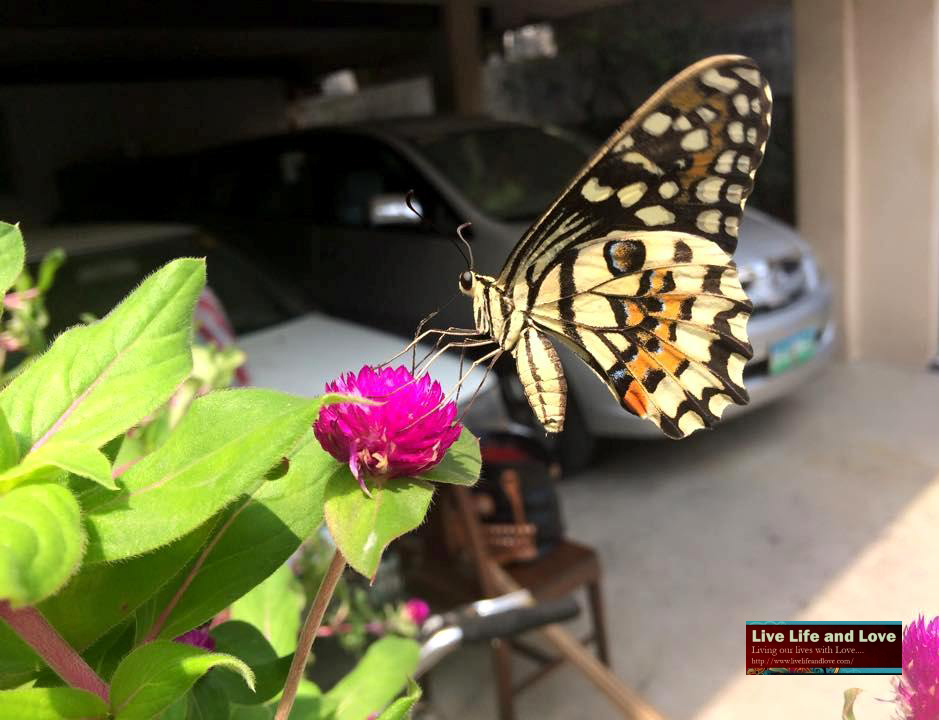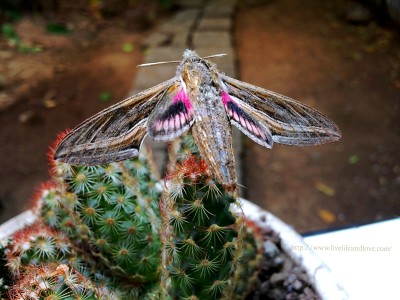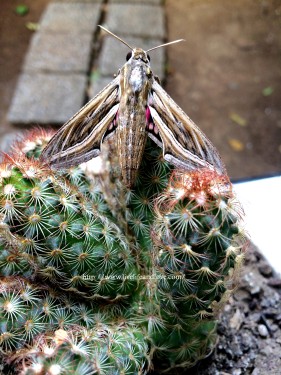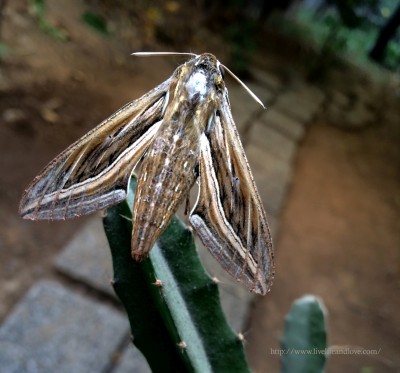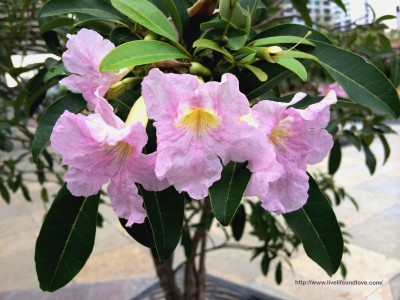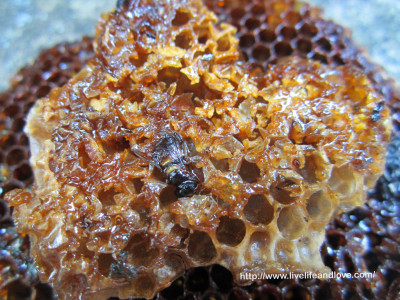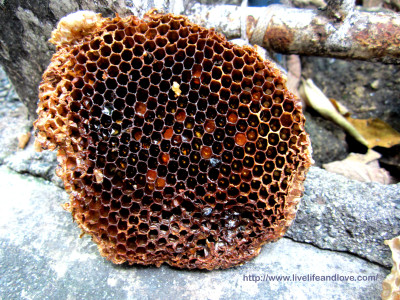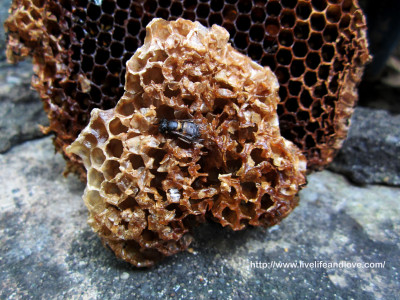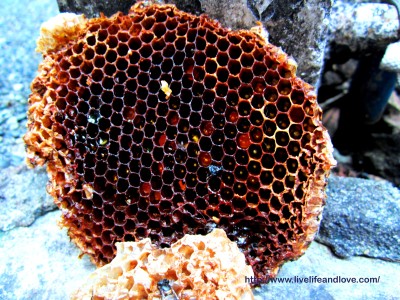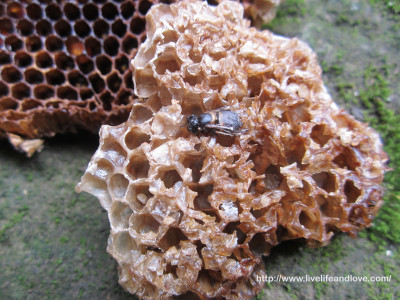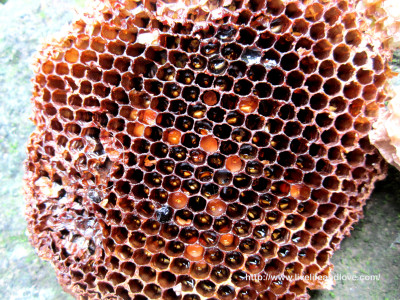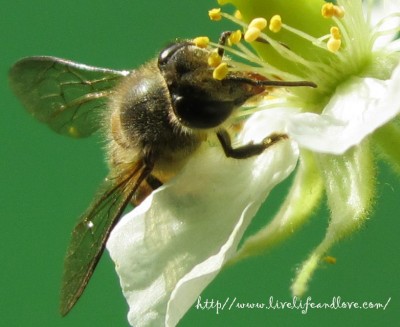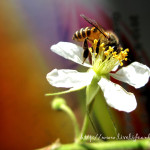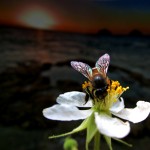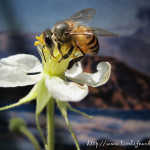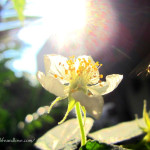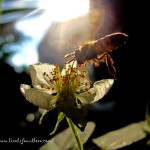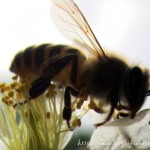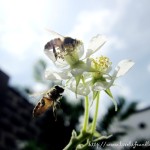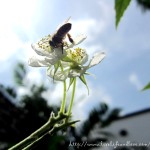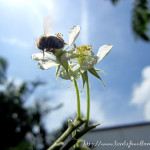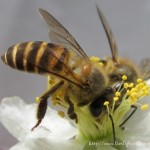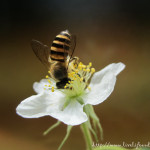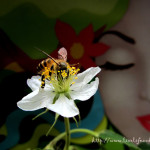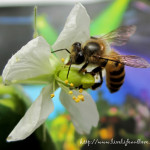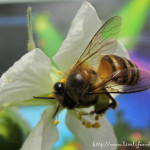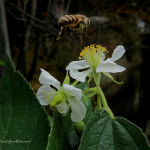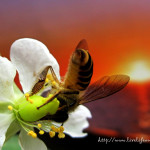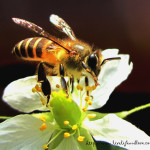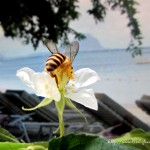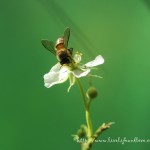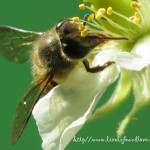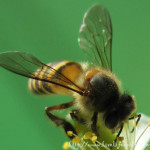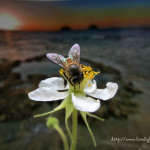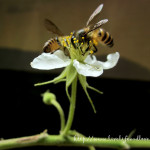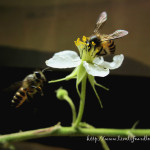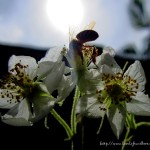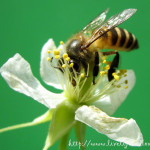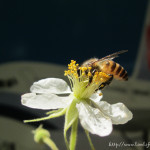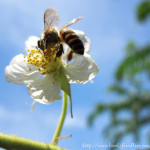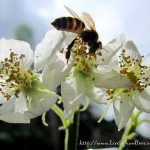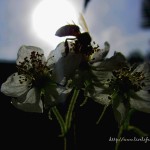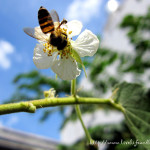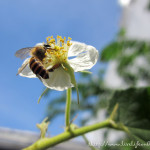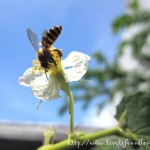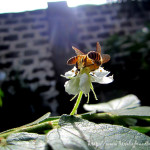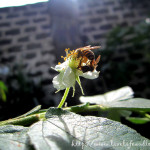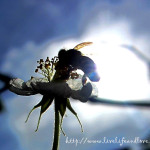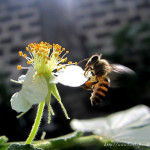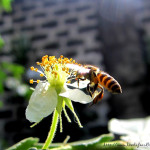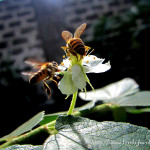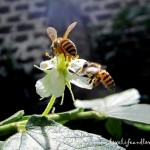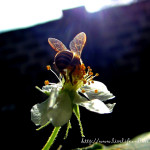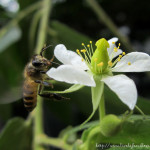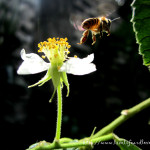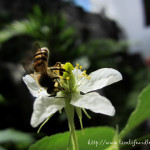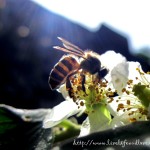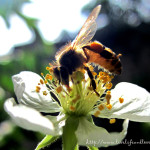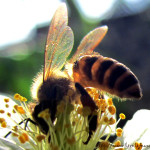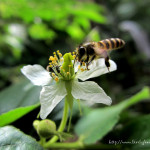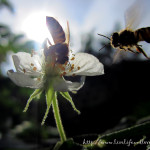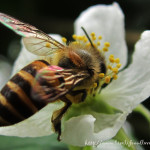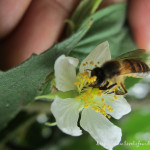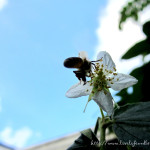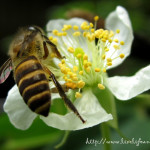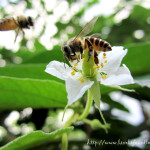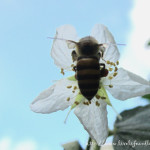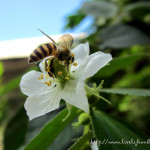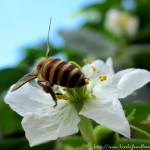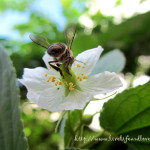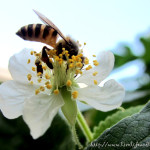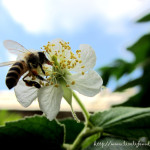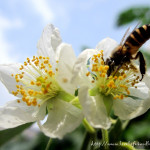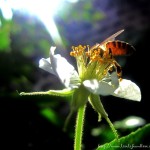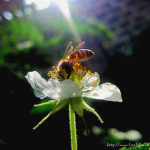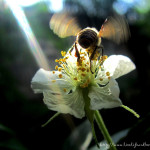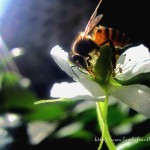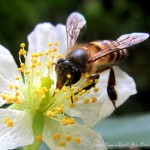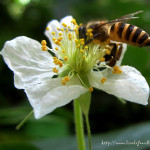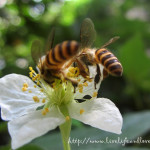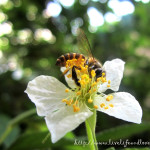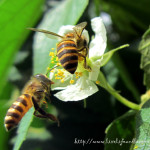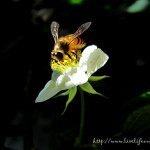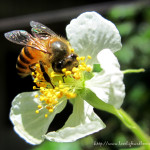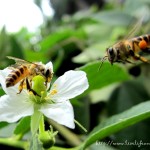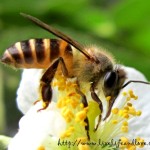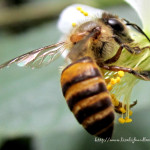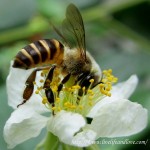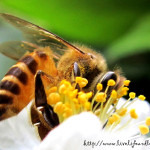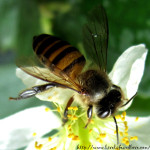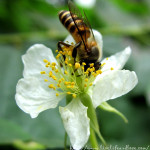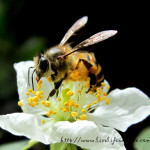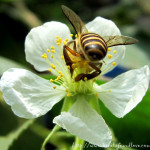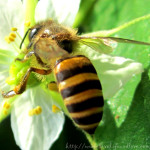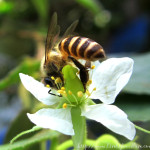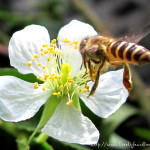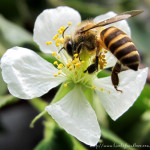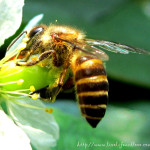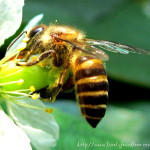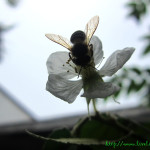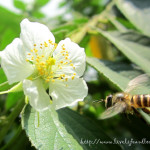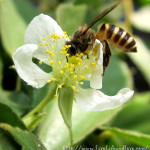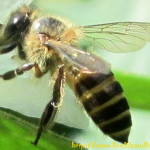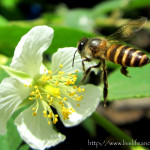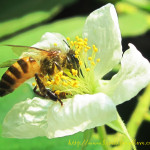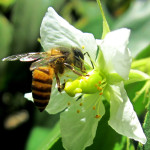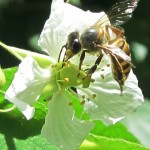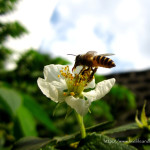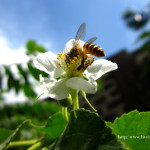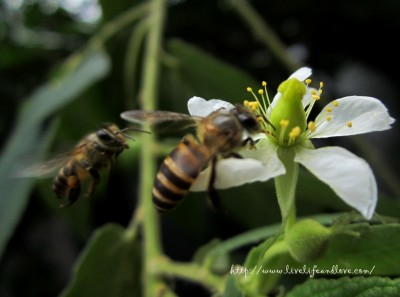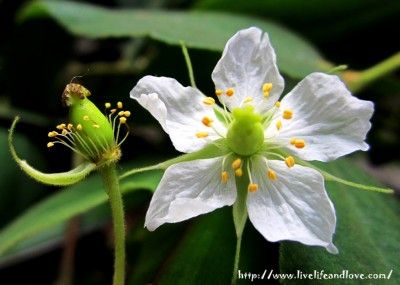Here are the beautiful vincas in the garden. Vinca periwinkle, common flowering plant around and considered as wild plant.I’ve photographed these flowers last summer and it’s not fully complete yet, just a few of vinca varieties.
Tag: Garden insects
Lantana Flower
By livelifeandlove on July 14, 2015Maintaining your own garden and plant your own desired flowering plants, all those various gardening works and efforts will rewards you with colorful blooms. One choice which is good in the garden is Lantana.
Lantana– has a woody shrubs and rough leaves with brightly colored flowers. Many varieties such as ;pink,violet,white,yellow,light red and the combination of 3 colors in the same clusters.Just like the sunflowers,they grow in full sun.Good as floorer,patio display,hanging and window baskets.
Different Colors of Lantana Flower
(Click on images to view larger)
Butterfly in Flight
By livelifeandlove on June 26, 2015An active Monarch butterfly lands on a red flower with the background of the morning sun rays and the brilliant blue sky. More than 3 butterflies visited our garden this morning, I don’t expect to see them around during rainy season. Thanks for coming babe, ee you again tomorrow…
Monarch Butterfly in the garage
By livelifeandlove on June 3, 2015It came to the right place when I’m about to leave in minutes suddenly, a gorgeous butterfly appeared in front of me. It was a good timing because I was holding my iphone that time when I was still in the garage, I immediately point it out to photograph. Just a brief moment and the butterfly flew away. Thanks God! the focus was quiet good. I’ve captured it using iphone and my first butterfly click using iphone.
PRIVATE HAWK MOTH
By livelifeandlove on March 26, 2014The kind of moth that will come as something of a surprise, it’s another night flyer, a private hawk moth found near the garden decorative light. Just like other moths, I guess this moth was attracted to the garden lights. I’ve observed that hindwing is more attractive and colorful than the forewing. I’ve never seen one like this before. You can only see the color of the hindwings while flying. That makes it completely different to that of the butterfly, the butterfly forewing and hindwing colors are the same. I simply believed, our garden here is a natural one housing all different kinds of insects. Perhaps, without these insects, it wouldn’t be a garden anymore.
The private hawk moth hindwing is partly hidden. You can see the dark pink and light pink dotted combination of the hindwings.
The natural color of the forewings.
Note: (Click on images to view larger)
Only for the Flowers
By livelifeandlove on February 17, 2014On my way home, I saw a queen bee pollinating the flowers, I immediately grabbed my camera to take a snapshot. As I was about to press the shutter,it flew backwards. I followed it again for the 2nd time, it flew straight to my camera encircling my head. How aggressive! I just stand-by firmly, I didn’t make any movement in order to be safe. For the 2rd try, I pressed the shutter and it’s done! That time, it was about to rain and I hurriedly packed everything before it gets wet.
To my surprised when I saw this photo. Where is the bee? The queen bee is nowhere to be found. Whew! I’ve missed to check my camera earlier. So the result,what is left are the flowers minus the queen bee. I really thought it was successful, How tough and aggressive to photographed such one. Previously, I have photographed the honeybees and the city bees. I can even touch these bees unlike the queen bee,it was quite bigger and aggressive, I can’t even come closer, so scared that its just like breaking my brain cells into pieces. It just happened that I’m also an aggressive photographer and I’m sure, I will get her back soon!
Note: (Click on image to view larger.
Beehive
By livelifeandlove on November 8, 2013I’ve discovered a sticky beehive inside the tall rocks in the garden.This is a natural beehive and not a man-made.I was amazed to see for the first time a great number of young honeybees inside the beehive.This is where the stinging honeybees stored their wax cells for rainy food. I’m just curious about their nesting areas.One thing I loved about bees behavior is they know how to adjust to certain environment,they collect honey during dry days and save it. Just a way of getting ready ahead of time.
Beehive is dark brown in color, sticky and very shiny. The visible structure is durable, good enough to protect the young honeybees inside the hole. With too many holes in uniformed sizes, other holes appeared to be full of honey and some holes for the nesting site of the young ones.
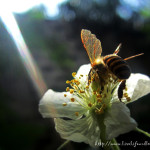 Honeybees as an agent of pollination.
Honeybees as an agent of pollination.
With this discovery,I’ve completed the full version of my articles, It’s all about honeybees, their everyday routine as an agent of pollination, body structure, my morning bonding with honeybees as my subject of photography and many more… Just don’t forget the importance of what has been contributed previously, my attempt to disturb this honeybees for five minutes in order to take few shots. I’m a honeybee lover and I never plan to drive them away.I will just let them stay behind and let the future takes its place.
(Click on images to view larger)
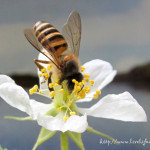 To view honeybees as my morning subject of photography.
To view honeybees as my morning subject of photography.
I was even surprised to see queen bee making honeycomb.The wax secreted in order to make this certain structure.
Sunny sheltered position in order to get a good view. Quiet tough to move the beehive away from the nesting area. The proper timing,to wait for the mother bees out to pollinate the flowers around is the right time.
If you click the close up, you’ll see the young honeybees still inside the holes. Just wondering, how a small stinging insect can produce a beehive much bigger and larger than their own size.
Other parts has unfinished portion and broken off. I think the construction is still going on.
The image below, shows great number of young ones inside the beehive.
HONEYBEE FACE
By livelifeandlove on July 27, 2012How does a honeybee face look like? It looks like these. I don’t expect to see a horrible face. I found it to be a spooky one. How horrible! I was shocked to view these photos I took a week ago.Not a monster from outer space, but, a bit of it. Never mind, as long as they pollinate the flowers. View more images of honeybee face. You’ll be shocked to see how it looks like!
100 Most Beautiful Photos of Honeybees
By livelifeandlove on May 21, 2012My summer collection of honeybees.These honeybees keeps me busy during summer.Call it,”My summer love affair with the honeybees”. It’s not easy to snap these flying insects under an extreme setting, exposing my skin under the bright sun, however,it’s quiet easy to photograph something in our own backyard garden.
These photos will help you understand of what is being described in my previous post. Got a hundred images for now, But soon, I’ll upload more for my specific topics. With these great number of images, so worried that I will wake up one day and see no more bees around. I would be missing them.
To let them stay longer? Honeybees are truly attracted to a small white flower of Muntingia Calabura. I really need to take care of these trees in order for the bees to stay longer. Somehow, nature will do the rest. I was inspired to post it here as a reminder of the long summer vacation. It might be a great time pass and entertainment to view. Feel free to point the best one. Over a hundred photos of honeybees to view!
(Click on images to view larger)
Wild Flower- Muntingia Calabura
By livelifeandlove on May 3, 2012(Click on image to view larger)
This is a typical kind of wild flower called, Aratiles or Muntingia Calabura and the favorite of the bees. A very small flower but, looks so beautiful and attractive.
Here in the Philippines, We call it Aratiles flower but,according to my research, it came out to be very different.The fruit looks almost the same with the aratiles fruit I’ve seen in the book but, the leaves looks different from the rest of sample pictures. I’m just curious about it!

